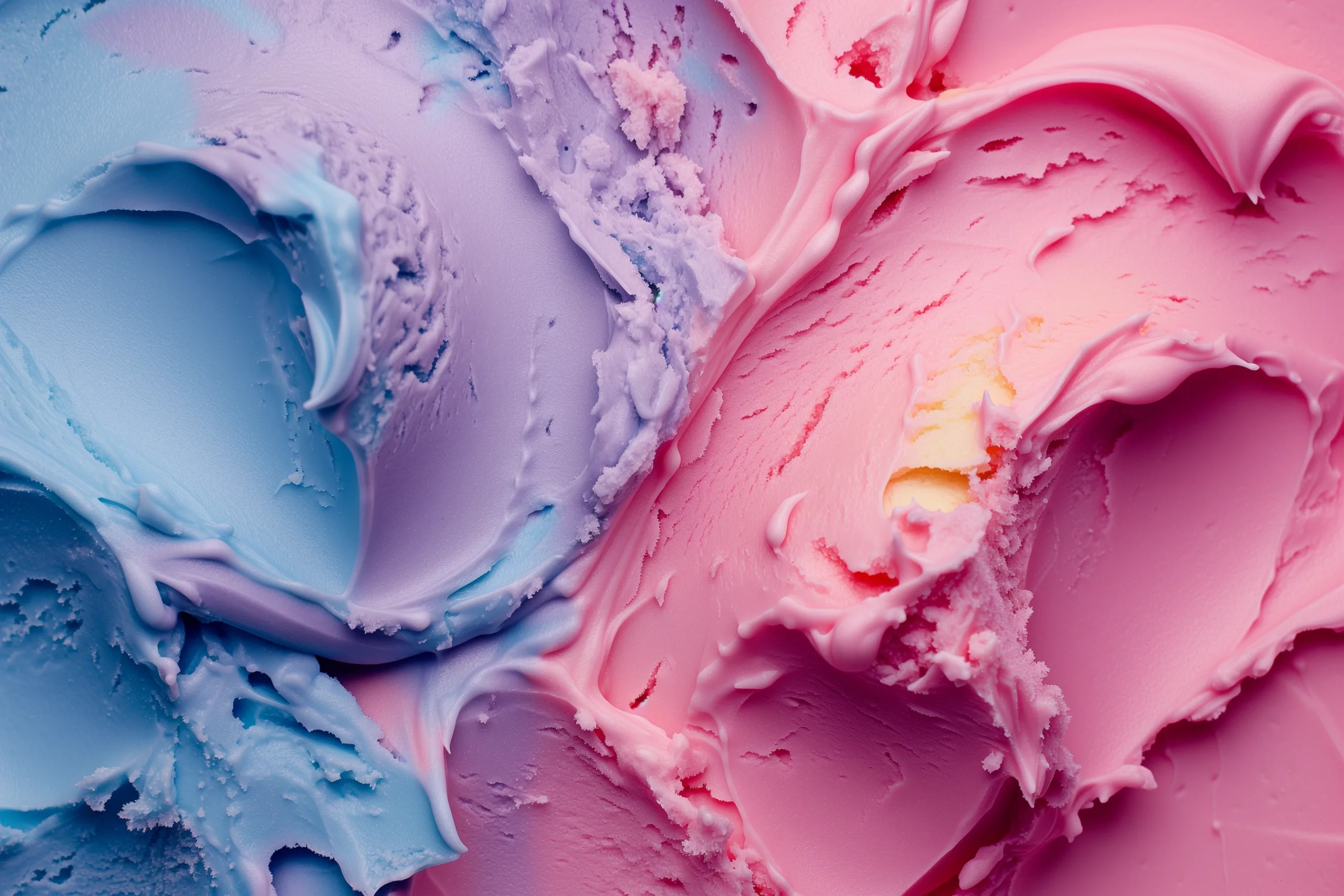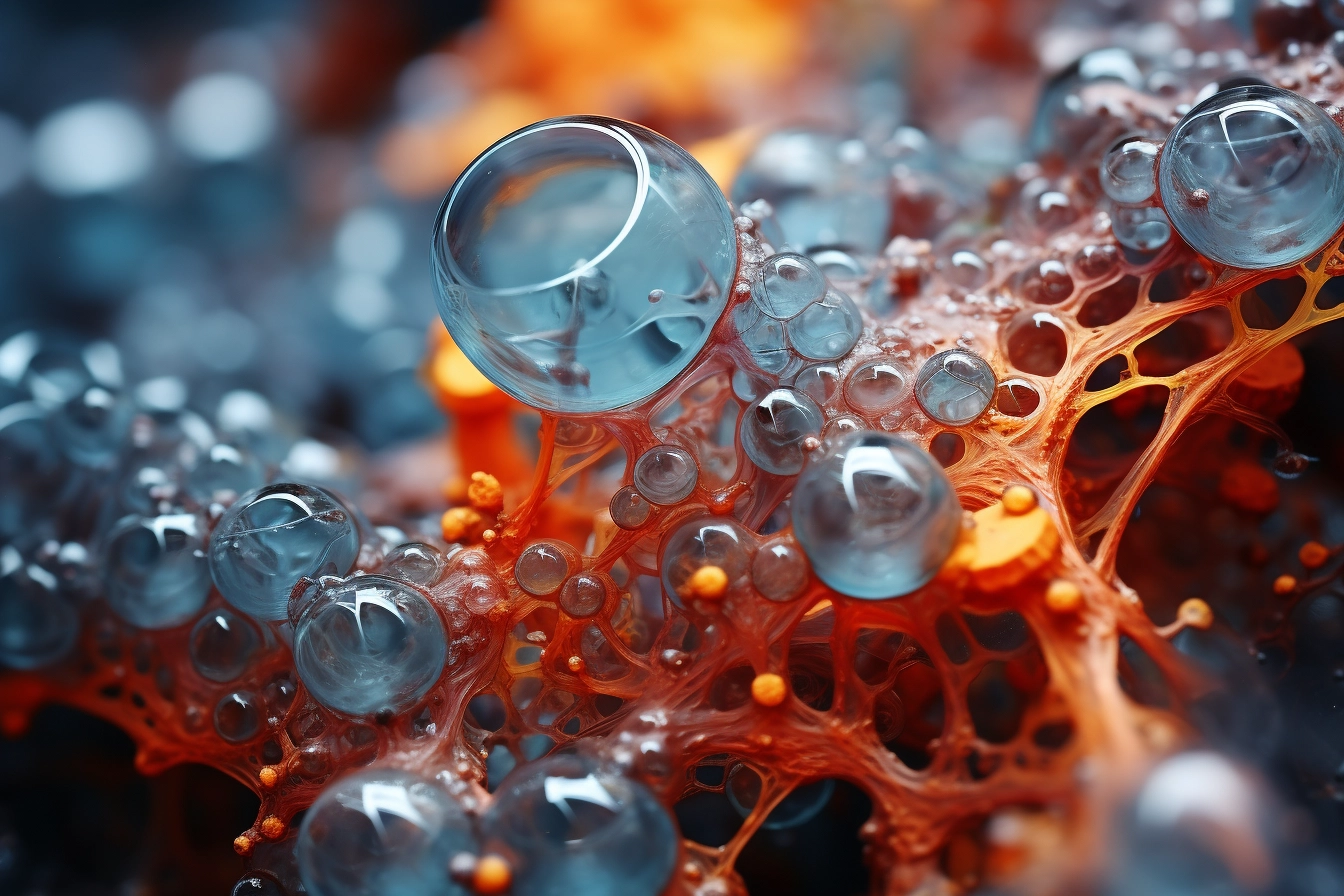published February 26, 2024 | 8 min read
Popcorn: a simple, yet fascinating snack that has captured the hearts and taste buds of millions worldwide. Its transformation from a hard kernel to a fluffy, edible treat is a spectacle of nature and science combined. But what exactly happens inside those kernels when they’re heated? This article delves into the chemistry and physics behind this culinary phenomenon, offering readers a deeper appreciation for the beloved snack.
The Anatomy of a Popcorn Kernel
At the heart of every popcorn pop is the kernel. But not all corn kernels are created equal; only those from the popcorn variety possess the ability to pop. Each kernel is a seed, comprising three main parts: the pericarp (outer shell), the germ (embryo), and the endosperm (starchy interior). The pericarp is moisture and pressure-resistant, making it uniquely suited to contain the popping process.
Expanding on the critical role of the pericarp in the popcorn-popping process reveals the intricate balance of nature’s design and the challenges of achieving the perfect pop. The pericarp, or the outer shell of the popcorn kernel, is not just a protective layer; it’s a crucial component in the popcorn’s ability to undergo explosive transformation. This section delves deeper into the importance of the pericarp’s integrity and the fate of kernels that don’t make the leap from kernel to snack.

anatomy of a popcorn
The Role of Pericarp Integrity in Popcorn Popping
The pericarp of a popcorn kernel plays a pivotal role in the popping process. Its primary function is to encapsulate the moisture and starch within the kernel, acting as a pressure vessel that withstands the build-up of steam as the kernel is heated. The strength and integrity of the pericarp are what make popcorn unique among other corn varieties; it’s thick enough to contain the mounting pressure but also precise in its composition to rupture at just the right moment, allowing for the dramatic expansion of the kernel’s interior starches.
The integrity of the pericarp is so crucial that even minor imperfections can disrupt the popping process. A kernel with a cracked or punctured pericarp is like a balloon with a hole; no matter how much air (or in this case, steam) is inside, it cannot maintain the pressure needed to expand. These imperfections allow steam to escape prematurely, reducing the internal pressure that is vital for the popping process. As a result, these kernels remain hard and unexpanded, becoming the unpopped remnants often found at the bottom of the bowl.




Microscopic photo of a popcorn
The Science of Popping
The process of popcorn popping is a fascinating interplay between moisture, heat, and pressure. Inside each popcorn kernel is a small amount of water encased within its starchy endosperm. When heated, this water transforms into steam, increasing the internal pressure within the kernel’s resilient outer shell, or pericarp, capable of withstanding pressures up to 135 PSI—about nine times that of atmospheric pressure.
At approximately 180°C (356°F), this internal pressure reaches a critical point, causing the kernel to explosively turn inside out. This dramatic event is due to the gelatinization of the starches inside the kernel. Under the intense heat and pressure, these starches undergo a rapid expansion, transforming the kernel’s internal structure into a fluffy, airy structure we recognize as popcorn. This rapid expansion and subsequent cooling solidify the popcorn, creating its characteristic puff.
This transformation from kernel to popped corn hinges on the precise balance of moisture content and temperature. The water inside the kernel is crucial for creating the steam pressure needed to pop the corn, while the pericarp’s integrity ensures that pressure builds to the necessary level before bursting. This process, a delicate dance of physics and chemistry, results in the delightful snack enjoyed worldwide, making the act of popping popcorn a mini spectacle of nature’s ingenuity.




popcorn kernel popping
Unpopped Kernels: The Science of “Old Maids”
Unpopped kernels, often referred to as “old maids,” are a common byproduct of the popcorn-making process. Their existence is a direct consequence of pericarp imperfections, but the story doesn’t end there. Several factors contribute to the formation of old maids, including age and moisture content of the kernels. Over time, the moisture naturally contained within a kernel can evaporate, especially if the kernels are not stored properly. Without sufficient internal moisture, the steam pressure needed to propel the popping process won’t reach its critical threshold, leaving the kernel unpopped.
Furthermore, the phenomenon of old maids underscores the delicate balance required to achieve the perfect pop. It highlights not only the importance of the kernel’s physical structure but also the environmental conditions that preserve its popping potential. Advances in popcorn cultivation and processing have aimed to minimize the occurrence of old maids by enhancing the uniformity and integrity of the kernels, yet they remain a somewhat inevitable aspect of the popcorn experience, reminding us of the natural variability and imperfection inherent in agricultural products.




popcorn kernel popping
The History and Evolution of Popcorn
Popcorn’s journey from an ancient snack to a modern-day staple is both fascinating and extensive. Originating over 5,000 years ago, evidence of popcorn consumption has been discovered in Peru, Mexico, and North America, where it held cultural significance for indigenous peoples. These early civilizations not only enjoyed popcorn as a food but also used it in ceremonial rituals, highlighting its importance beyond mere sustenance.
Introduced to European settlers by Native Americans, popcorn quickly became a beloved snack across the continent. The development of the electric popcorn machine in the late 19th century by Charles Cretors and the subsequent invention of the microwave popcorn bag significantly transformed how people consumed popcorn, making it more accessible and convenient than ever. These innovations propelled popcorn into the spotlight at cinemas, fairs, and homes, securing its place in American culture and beyond.
Today, popcorn stands as a testament to its adaptability and enduring appeal. From its ancient roots to its status as a global snack favorite, popcorn’s simplicity, nutritional benefits, and the unique pleasure it brings continue to captivate people around the world, making its history a rich tapestry woven through time.




a beautiful corn field on a sunset lighting
Popcorn and Health: Beyond the Pop
Popcorn is much more than a tasty snack; it’s a nutritional powerhouse. As a whole grain, it’s packed with fiber that supports digestive health and aids in weight management by promoting a feeling of fullness. Additionally, popcorn is rich in polyphenols, antioxidants that protect against oxidative stress and inflammation, potentially reducing the risk of chronic diseases like heart disease, diabetes, and certain cancers.
The health benefits of popcorn can vary based on how it’s prepared. Traditional methods involving butter, oil, or salt can add unnecessary calories and sodium. In contrast, air-popped popcorn is the healthiest option, eliminating the need for added fats and minimizing calorie intake while retaining the snack’s natural nutrients.
Popcorn also offers versatility to fit various dietary preferences with healthy toppings like nutritional yeast, cinnamon, or herbs and spices to enhance flavor without compromising its nutritional value. Opting for air-popped popcorn with mindful toppings allows for a nutritious, satisfying snack that combines health with the pleasure of snacking.
1. Air-Popping
- Method: Use an air popper, a small appliance designed specifically for popping popcorn without oil. Simply add kernels to the machine and turn it on. The hot air circulates, heating the kernels until they pop.
- Benefits: This method produces a healthy, low-calorie snack without added fats or oils.
2. Stovetop Popping
- Method: Heat a heavy-bottomed pot on medium-high heat. Add a thin layer of oil (vegetable, coconut, or canola) and a few popcorn kernels. Once those kernels pop, add the rest of your popcorn kernels, cover the pot, and shake it gently over the heat until popping slows down.
- Benefits: Stovetop popping allows for control over the amount and type of oil used, offering a customizable flavor and texture.
3. Microwave Popping (Bag)
- Method: Place ¼ cup of popcorn kernels in a brown paper bag, fold the top of the bag over a few times, and microwave it on high for about 2 to 3 minutes, or until the popping slows down.
- Benefits: This is a quick and convenient method that doesn’t require any special equipment or oil, making it perfect for a quick snack.
4. Microwave Popping (Bowl)
- Method: Place kernels in a microwave-safe bowl and cover it with a microwave-safe plate. Microwave on high for 2-4 minutes, or until the popping slows. Be careful when removing the cover, as steam can build up.
- Benefits: Similar to the bag method but reusable, this method avoids waste and the need for disposable bags.
5. Oven-Roasted Popcorn
- Method: Preheat your oven to 250°F (120°C). Spread popcorn kernels on a baking sheet in a single layer and lightly coat them with oil. Roast in the oven, shaking the pan occasionally, until you hear the kernels start to pop. Continue roasting until popping slows.
- Benefits: Oven-roasting can produce popcorn with a deeper, toasted flavor and allows for even seasoning as the popcorn is spread out.
Each of these methods provides a simple way to enjoy homemade popcorn. Whether you prefer the healthiness of air-popped popcorn, the traditional taste of stovetop popcorn, the convenience of microwave popcorn, or the unique flavor of oven-roasted popcorn, there’s a method here to satisfy every popcorn lover.
The simple act of popping popcorn is a testament to the wonders of nature and science. It’s a process that combines physics, chemistry, and a bit of culinary magic to transform a hard kernel into a delightful snack. Next time you enjoy a bowl of popcorn, take a moment to appreciate the scientific marvel behind each pop. Popcorn is more than just a snack; it’s a phenomenon that invites curiosity and wonder, making it a timeless treat for all ages.








